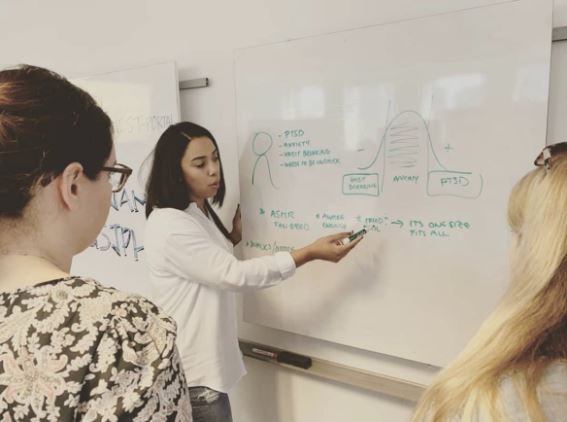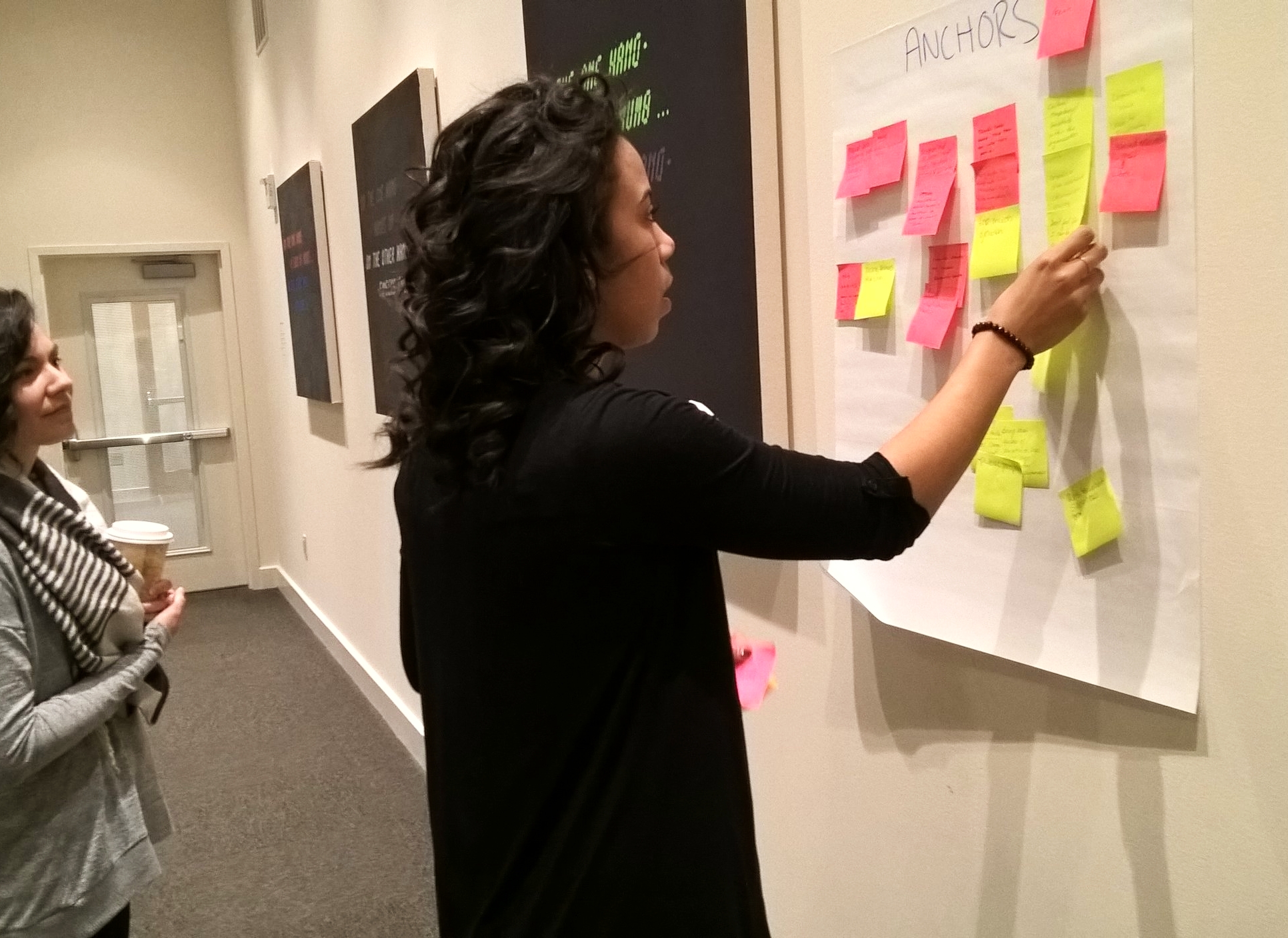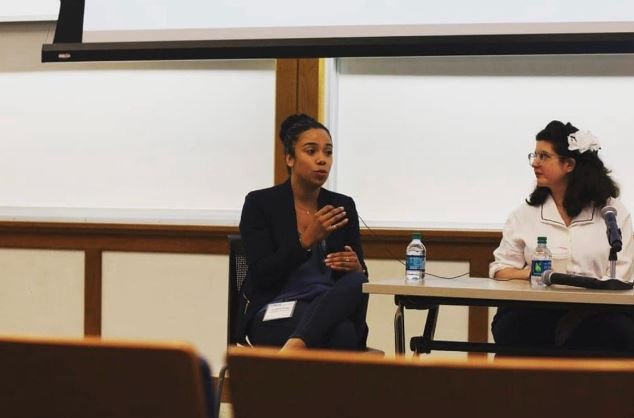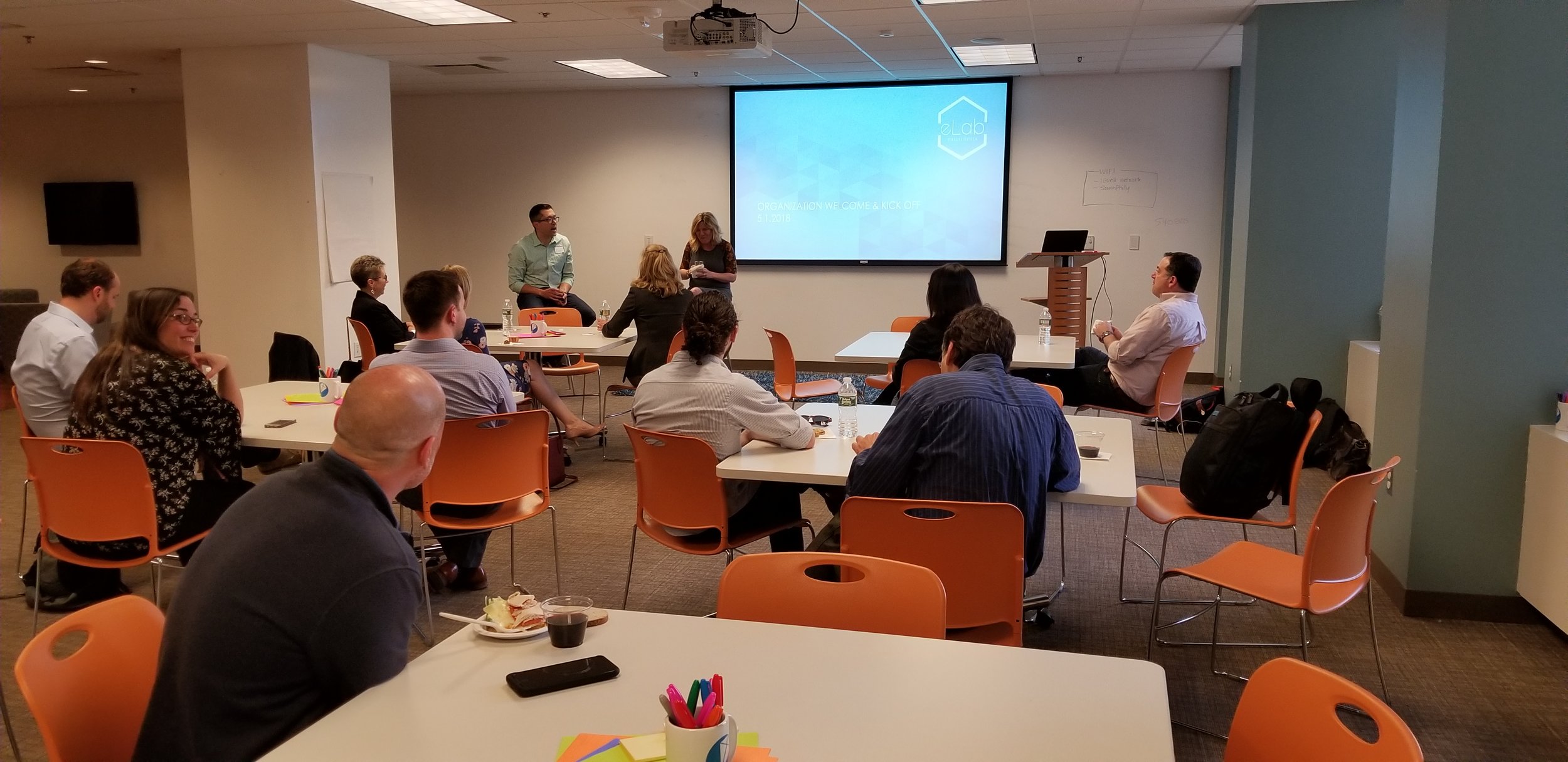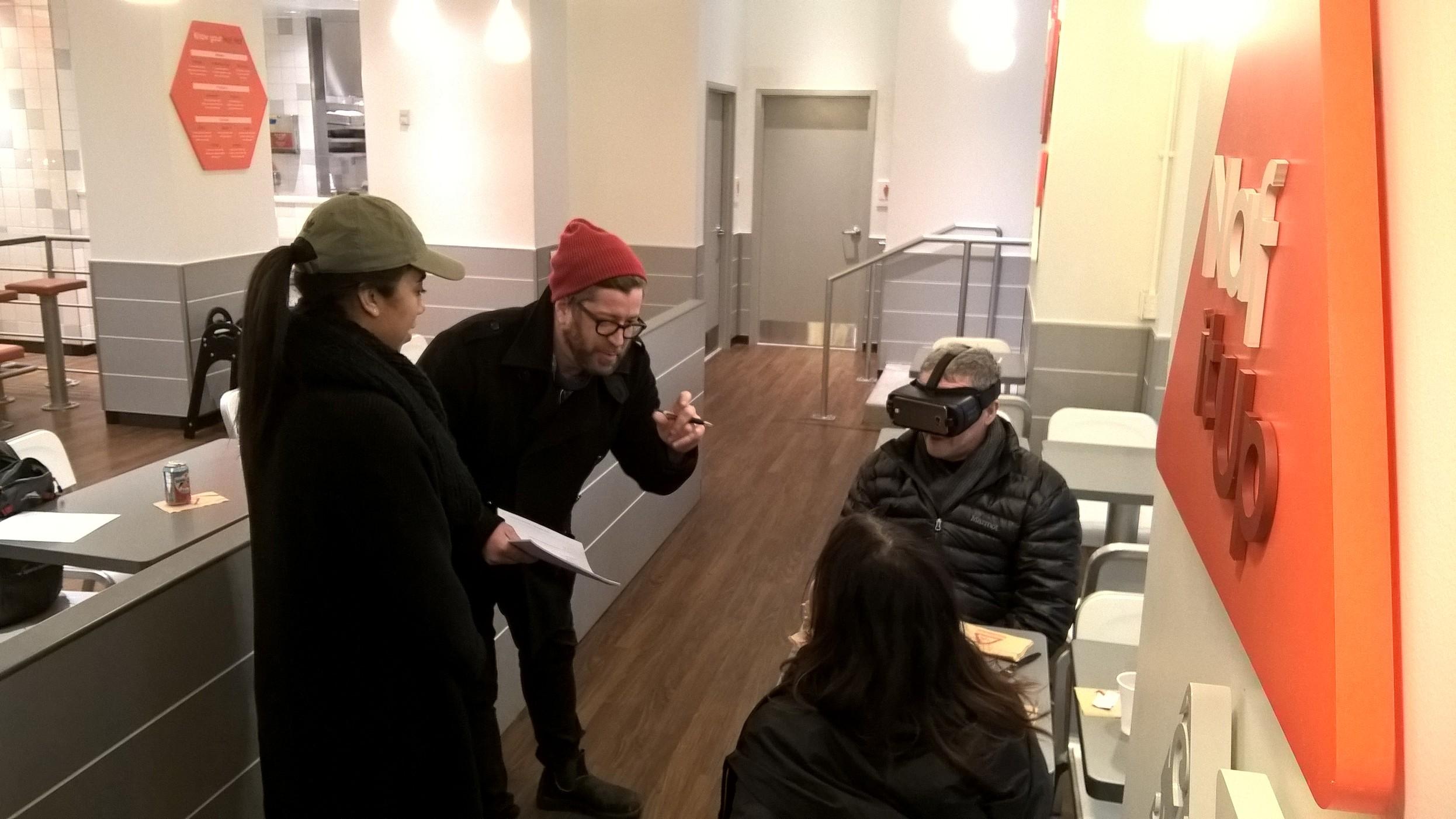Design Strategy:
It is often you will hear me refer to problems or challenges as an uncomfortable knot. A knot generated by many "let's try this, it worked here" out of the box solutions, "just get it done" business declarations, or unplanned growth which organically formed a confusing, redundant path. In fact, this list could go on for all the reasons we face these types of challenges today, however, through my experience I've collected tools within my own strategy tool kit that has made it easier to approach these complex challenges. Design thinking, a human centered approach to problem solving, is one I most often lead with to help clients get closer to their desired outcomes.
Throughout my career, I've recognized that solutions come and go [insert latest technology here] but the need of what we are trying to solve for always remains. My philosophy like many others begins with the why (the need). My approach, however, intentionally begins with the people which is not always adopted by business leaders who recommend to follow just the numbers. Design is often referred to a fuzzy approach, its practice begins with a lot of storytelling, listening and sometimes an out pour of emotion. But it is in these moments, you'll find insights to tether to when in search of a right-fit solution. One you know that will be adopted by the people you are serving because it was built for those you are serving. One you know that will yield a less fuzzy but more quantifiable return of investment because it is addresses the need and has commitment from those who need to carry out it's actions.
Working with entrepreneurs, non-profit organizations and many Fortune 500 companies has shown that Strategic Design Thinking is an essential tool to have. Notable works include helping a Fortune 11 company transform their customer onboarding experience through changing the mindsets, behavior and quality of life to work ratio with their employees. Of which we have been able to unravel the knot of their customer's journey to a more simplified, enjoyable experience that improves also internal operational efficiencies. Saving the customer and the company time, while expanding the value of each of their returns.
It takes all of your senses to come to your senses..
Strategic Design is a constructive framework used to turn abstract ideas or innovation into concrete solutions.
Fierce.
“My experience working with her was helpful and encouraging. She taught me to not set limits but expectations within my work.”
— C.H.
A Trailblazer.
“She utilizes her unique set of skills to create never before seen strategies and programs that solve people's problems.”
— S.D.
Inspirational.
“I found working with her very inspiring. She challenged me to come at things from a new perspective.”
— B.S.


